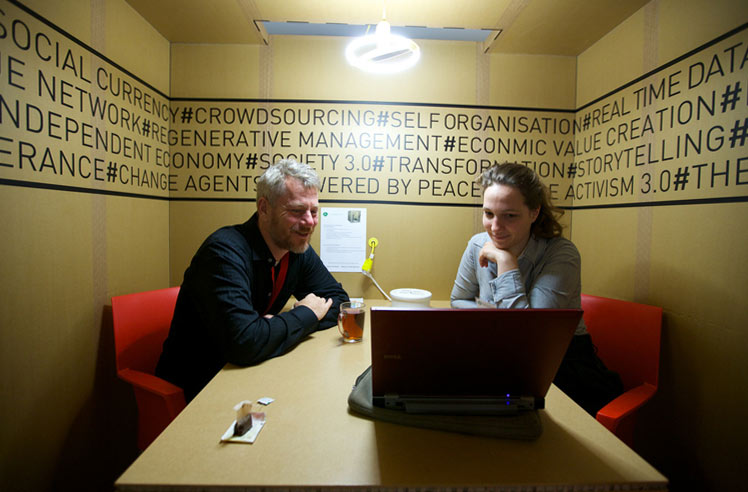
“If you want to go fast, go alone. If you want to go far, go with others.”
Early on, we learn that 1+1=2. But is this always the case?
When individuals within a firm collaborate and combine their unique backgrounds, skills, and interests effectively, it is very possible for 1 + 1 = 3. Collaboration requires working with others in pursuit of results greater than those that can be achieved individually, creating a whole greater than the sum of its parts.
Powerful internal collaboration requires the development of a high-performing team or group.
This effort takes time and commitment, with the potential to yield long-term, sustainable, extraordinary results. Three elements – trust, shared goals, and diversity of skills – characterize groups with strong internal collaboration.
1.) Trust
The first and most important factor of meaningful internal collaboration is trust. Three dimensions of trust—sincerity, competency, and reliability–create a foundation for individuals to develop a desire to not let the other collaborators down.
- Sincerity addresses the level of commitment among collaborators. In essence, team members must “have the back” and best interests of each other.
- Competency deals with the question, Does each member of the group have the skills and knowledge to fulfill their part of the collaborative process?
- Reliability is the willingness of each individual to do what needs to be done in a timely and effective manner.
Trust is the bedrock and core of internal collaboration. Supply Chain and Logistics S4 Consulting Practice Leader John Coyle emphasizes that “no collaborative effort can flourish or be successful without trust, which implies confidence, faith, presumed integrity, and candor that you are working together as a team to achieve an agreed about outcome for an overall benefit.”
2.) Shared Goals
Once trust is established, it is essential for a collaborative group to mutually agree upon a shared goal, vision or outcome.
A common goal does not mean all collaborators immediately agree on an objective.
Instead, the process should involve discussion and a give-and-take of ideas, until each buys into the vision. Again, Coyle addresses the importance of a group’s purpose: “A clear understanding of what success looks like can be the difference between excellent collaboration and mediocre collaboration.”
3.) Diverse and Complementary Collaborators
Finally, a diverse and complementary set of skills and experiences among collaborators can help create phenomenal results. Drawing on different perspectives fosters fresh and creative approaches to achieving goals. When a diverse group of collaborators share a strong sense of trust and commit to mutually shared goals and outcomes, successful internal collaboration becomes a possibility.
NOTE: Our new book – Five Keys of Powerful Business Relationships – has an entire chapter dedicated to building trust. Learn more about the book, or pre-order your entire team a copy through our dedicated website.
To Collaborate or Not To Collaborate…
Successful internal collaboration takes commitment and cannot be forced. When used inappropriately, the results can leave much to be desired.
Coyle observes, “Collaboration is not a panacea for mitigating complexity since it requires some important ingredients.” These important ingredients require time to develop.
Coyle recalls an instance when internal collaboration yielded disappointing results. A group of employees were asked to document their function, only to later learn the information was meant to instruct their replacements in a new location. As a result, “the members of the team no longer trusted the company and they did not care about the outcome of the initiative.”
On the other hand, internal collaboration worked successfully for a group from a large pharmaceutical company who shared trust and a common vision. In fact, “everyone understood their role and the importance and benefits of achieving the team goal. The team exceeded their end goal of increased productivity-on time and within budget.”
“If you want to go fast, go alone. If you want to go far, go with others.”
This African proverb summarizes the potential benefits of effective internal collaboration for some firms. Certain attributes characterize successful collaborative groups and these qualities must be carefully developed over time.
Firms that are willing and able to promote a productive, creative, and collaborative environment will often find that the answer to 1 + 1 may be 3.
Written by: Hadley Mitchell
Photo courtesy of Sebastiaan ter Burg.





